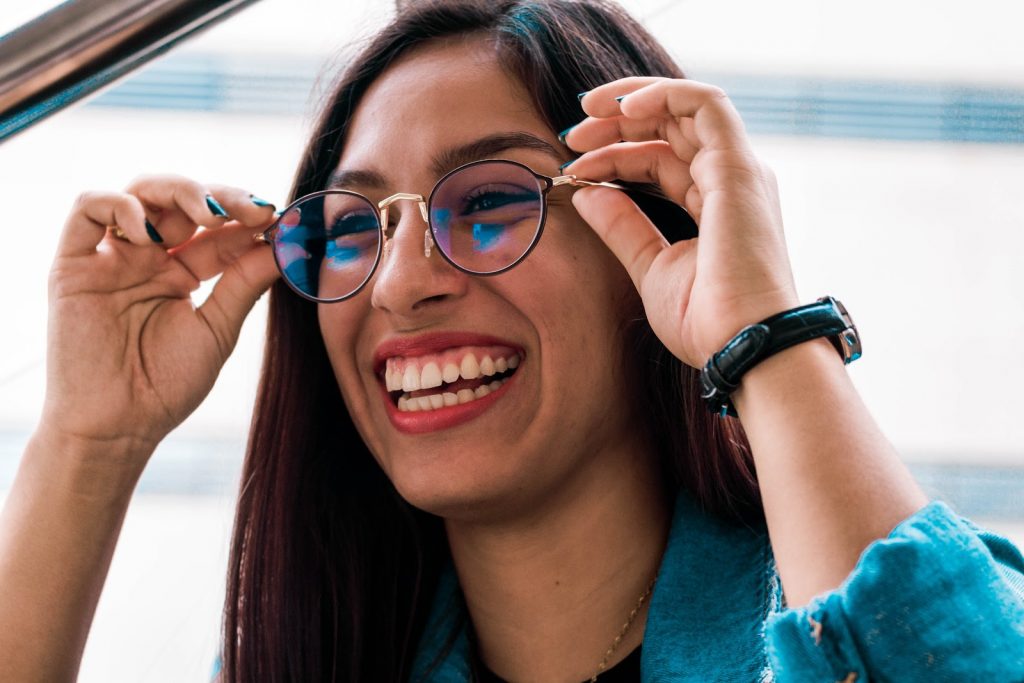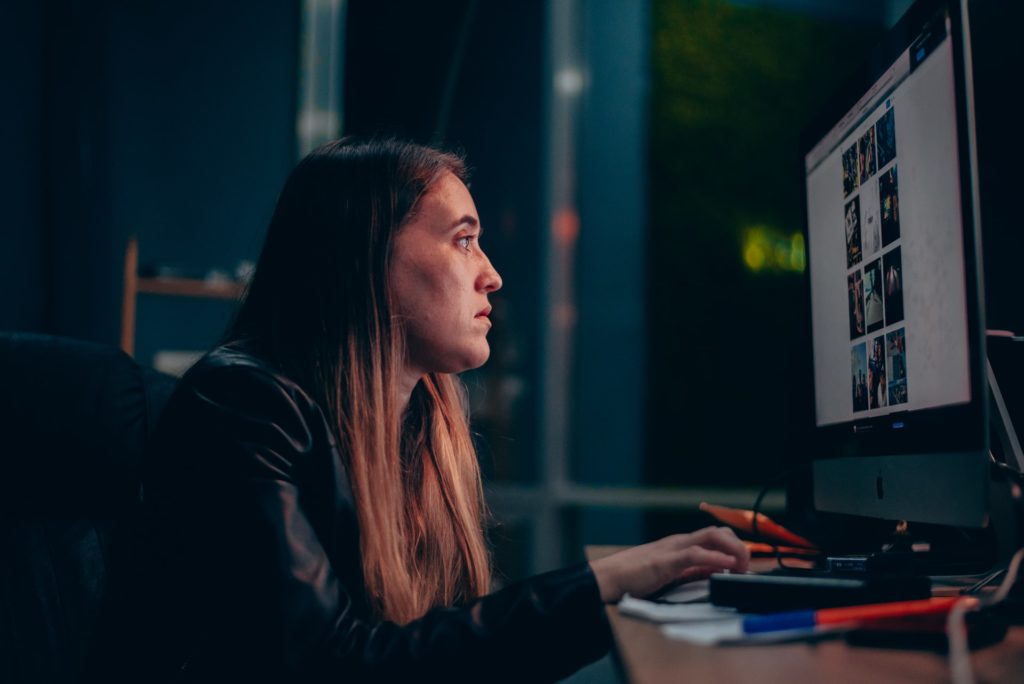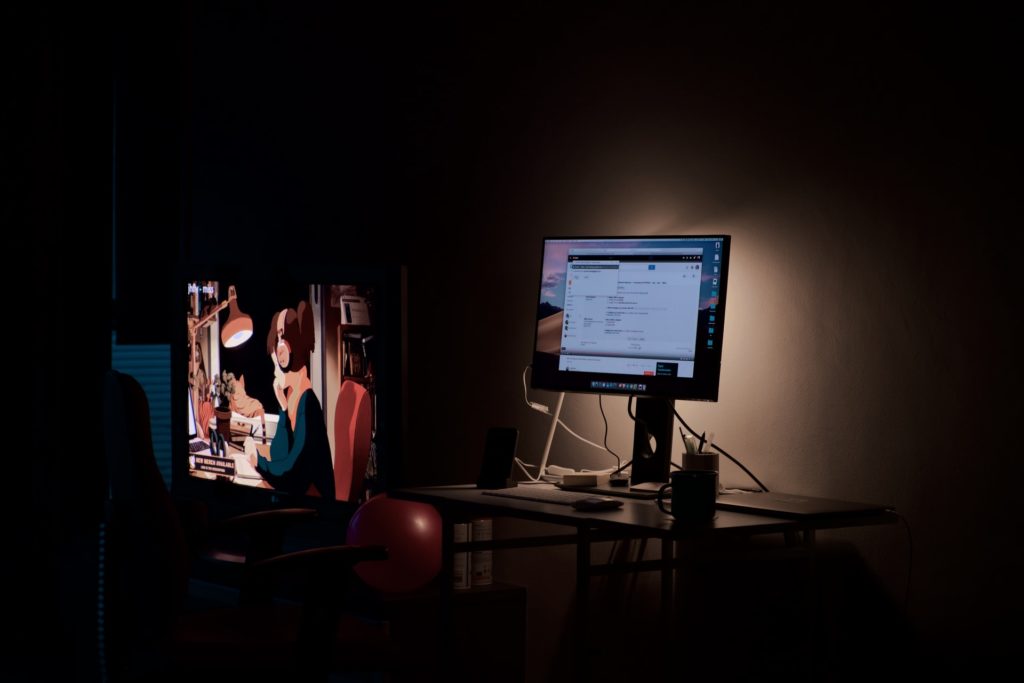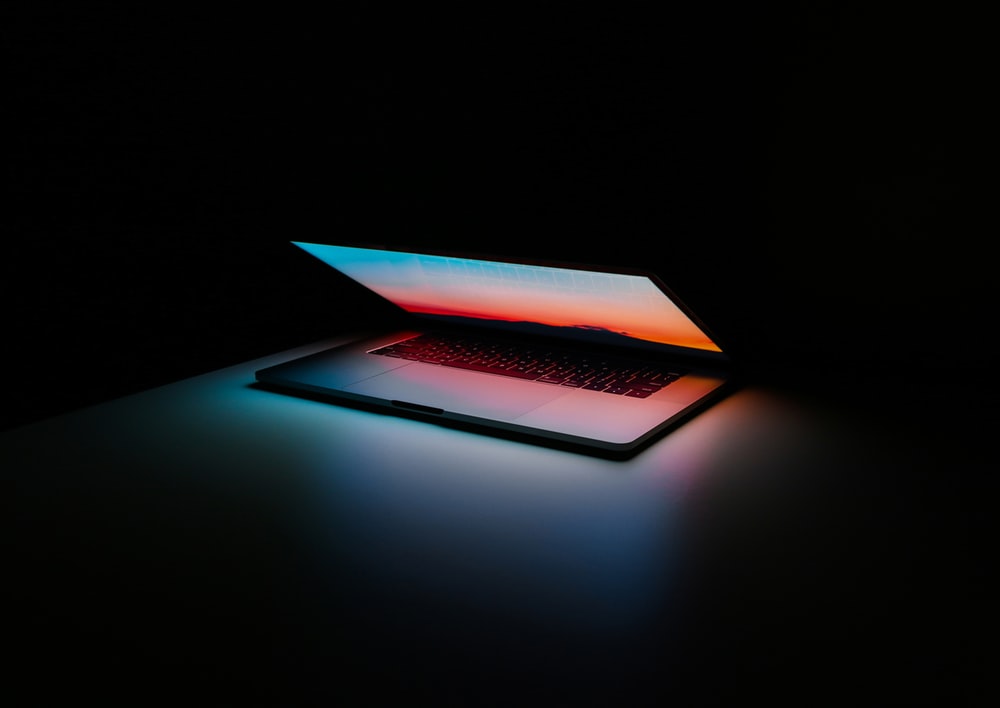
According to the American Optometric Association, eye fatigue is a group of eye and vision-related problems that result from prolonged computer, tablet, e-reader, and cell phone use.
But you knew that right? As you peer into the letters of this article, straining both eyes and neck to decipher the text, the need to mitigate the effects of digital eye strain just feels all the more pressing.
If you spend a lot of time working on your computer or you stare into your smartphone for extended periods (that’s all of us, then) and you have experienced these symptoms, then simply put, you are suffering from digital eye strain, which is sometimes also referred to as Computer Vision Syndrome.
However, you don’t need to panic; it’s a perfectly preventable condition which can be nipped in the bud long before the necessity for ‘cure’. With that in mind, here are 7 ways to prevent digital eye strain.
UNDERSTAND THE SYMPTOMS OF DIGITAL EYE STRAIN
To avoid, we first have to understand. Digital devices like computers, tablets, smartphones, LED flat-screen televisions and LED fluorescent bulbs all use blue light technology which both promotes clarity and saves energy.
But following prolonged exposure to blue light (generally considered to be two hours or more without pause), humans can suffer from temporary – though not harmful in the long run – discomfort. Symptoms include blurred vision; red, sore eyes; low level twitching, soreness in the neck and headaches.
Apart from the most obvious cause of eye issues, that is, prolonged screen exposure, other exacerbating factors include poor lighting in the room, an excessive brightness setting on the screen, close proximity to the screen and bad posture.
Fortunately, there are several low cost, minimal effort solutions to the problem.

USE SOFTWARE FILTERS
There are blue light-filtering applications that come in-built in computers, smartphones and tablets, or if not already present, they can be installed at minimal cost.
These software filters automatically turn on at night when blue light is most disruptive, and turn off during the day. They work by altering the display to warmer tones such as red, orange, or yellow, thereby reducing blue light. Modern smartphones tend to install this feature as standard, with an obvious ‘warmer’ hue appearing after 8pm.
This software uses one of two methods; the ‘colour transform approach’ or the ‘transparent overlay approach’. The former takes advantage of software tools that take control of the intensity of colours and tone down the blue-light emitting pixels so the warmer tones become prominent on the display. The latter method creates a transparent overlay that is red, orange, or yellow so blue light is reduced.
Though this sounds efficient and easy, blue light filtering applications aren’t always ideal since they reduce the contrast of the display so the image and text quality is greatly reduced. They also can’t eliminate all blue light.
INVEST IN BLUE LIGHT SCREEN PROTECTORS
Blue light screen protectors are physical screen filters that are fitted on the screens of computers, tablets, or smartphones to block or absorb blue light. They are more effective than blue light filtering apps in that they can block up to 100% of blue light and still maintain the contrast of the display.
Monitor screen protectors usually have an anti-glare coating to reduce the glare of the display which is also a cause of digital eye strain. Additional features include a privacy screen and a thin tempered glass to protect your tablet and smartphone from breakages and scratches.

BLUE LIGHT BLOCKING GLASSES
Blue light screen protectors do a good job of filtering out blue light, but they do not account for blue light from lighting bulbs. This oversight can be corrected by wearing blue light blocking glasses. Also known as computer glasses, this is specialised eyewear designed to prevent blue light from reaching your eyes. Wearers put them on whenever using the computer, but especially at night when blue light is likely to disrupt sleep.
Computer glasses should not be worn as a replacement for regular prescription glasses. Their magnifying power is specifically designed to suit the distance you usually sit from your computer, which is about 40-50 centimetres, rather than for everyday use.
TAKE A BREAK FROM SCREEN TIME
Just look away from your screen. Now. Do it. See what the world has to offer. Didn’t things look crisp and genuine? Yep, we all know that staring at your computer or smartphone for prolonged periods makes your eyes red, tired, sore, and dry. The most effective solution is also the most simple; taking regular breaks will allow you to rest your eyes.
If you do wish to remain at your desk, at least shift your focus to something else other than the screen. You could use the 20-20-20 rule which recommends that you look at something 20 feet away for 20 seconds every 20 minutes.
Better still is taking yourself for a quick walk or stretch to exercise your limbs and neck to prevent aches and stiffness.

ADJUST DISPLAY BRIGHTNESS
The glare from screens could be because of disparities in the brightness of the screen and the lighting in the room. Ideally, the brightness of the screen should match the lighting in the room. If the room is brightly lit, increase the screen brightness whereas if the room is dim, decrease the brightness of the screen. You can effectively do this by comparing how light falls on a plain white paper and adjusting the brightness of the screen to match the paper as closely as possible.
Some devices will do this automatically but we find the results are a little inconsistent.
CHECK THE LIGHTING OF YOUR ROOM
Having a light source directly behind, overhead, or in front of the screen creates a glare on it which significantly increases the impact and prevalence of digital eye strain. Instead, position your screen in such a way that the light source comes from the sides or below. A non-glare panel for your screen could also help in reducing the reflection of light on it.





